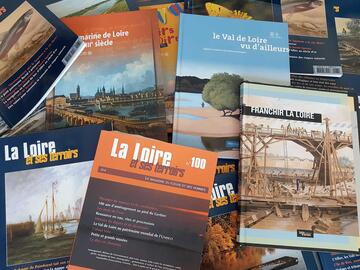Although countless exhibitions in France and abroad present the work of Max Ernst, a major Surrealism artist, none to date have been devoted to his long stay in Touraine. The Musée des Beaux-Arts in Tours is hosting this exceptional exhibition from 17th October 2009 to 18th January 2010.
The exhibition
The exhibition at the Musée des Beaux-Arts in Tours is
one of 12 that are recognised to be of national interest by the
French Ministry of Culture and Communication/Direction des
musées de France. As a result, it benefits from exceptional
financial assistance.
It has also received the Val de Loire World Heritage
label and is placed under the patronage of the
Franco-German Cultural High Council.
It is funded by the City of Tours as well as the Centre
Regional Council, Indre-et-Loire County Council, the Association
des Amis de la Bibliothèque and the Musée des beaux-arts
in Tours.
Private viewing with the French Minister of Culture and
Communication (to be confirmed) and the German
Ambassador.
The exhibition has given rise to
a rich cultural events programme including guided tours,
lectures, films, readings, plays and concerts.
Max Ernst's work
In 1955, when Paris was seeing an awakening of informal and
abstract art,
Max Ernst chose to settle in Touraine where, in the peace and
quiet of this region, he created his later work: rich and
unique
.
The exhibition put on at the Musée des beaux-arts in
Tours is named after
a particularly symbolic painting by the artist: The Garden of
France. This is one of the most remarkable works of art to have
been produced in this landscape. In 1962, a year before The Birth
of Venus by Cabanel, one of the most famous 19th century Paris
Salon paintings, turned 100, Max Ernst repainted a version of it
that he had unearthed at a flea market. The Indre and Loire rivers
envelop the female body with their liquid caresses.
But this work of art is not the only one to convey the
artist's complicity with this region. Through these years,
Max Ernst worked richly and prolifically (paintings, sculpture,
engravings, prints), using a variety of techniques (oil, collage,
frottage or rubbing, printing and so on).
Musée
des Beaux-Arts de Tours
